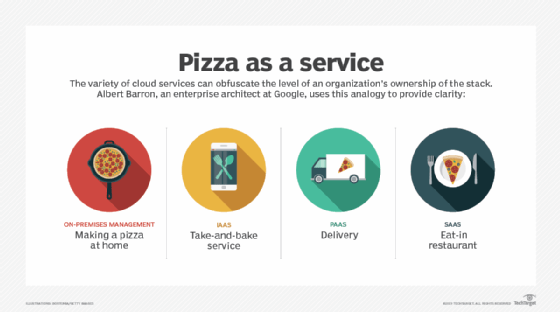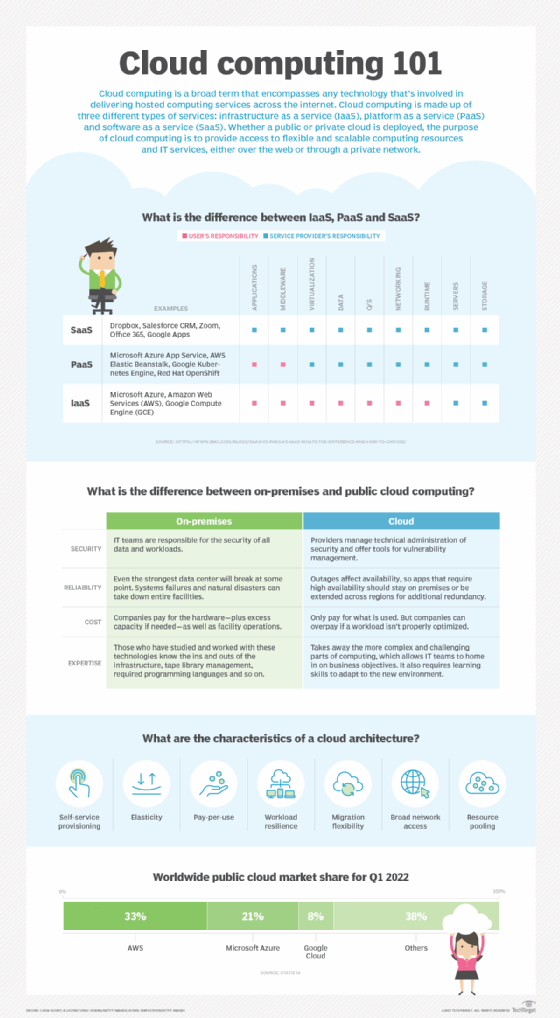What is vertical SaaS?
Vertical SaaS describes a type of software as a service solution created for a specific industry, such as retail, financial services, insurance, healthcare or manufacturing. The term vertical or niche means that the software targets use by industries. This makes vertical SaaS different from horizontal SaaS, which targets a broader audience of users.
Most industries have unique challenges and requirements that may be uncommon in other industries. For example, one challenge in retail is how to provide personalized experiences to customers to retain them and encourage repeat purchases. Another example is the healthcare industry and organizations who are required to protect sensitive patient data and ensure compliance with data privacy laws like HIPAA.
These and other industries require software solutions that address their unique problems. Vertical SaaS is purpose-built for a specific industry, or at the most, a few industries.

Examples of vertical SaaS
Today, the vertical SaaS market has many offerings to satisfy specific the needs of specific sectors:
- Construction.
- Retail.
- Manufacturing.
- Automotive.
- Insurance.
- Financial services.
- Healthcare.
- Aerospace.
- Food and beverage.
- Hospitality
- Logistics.
- Public sector.
Example 1
A healthcare organization can use a platform to access patient diagnostics and provide on-demand telehealth services for a wide range of chronic conditions.
Example 2
An insurance company can leverage a vertical SaaS product to streamline claims management and policy administration, deliver personalized experiences to first-time buyers, and build deeper relationships with existing customers.
Example 3
Aerospace manufacturers can use targeted ERP software to manage engineer to order (ETO) operations, simplify supply chain management, optimize contract processes and improve aftermarket service for their government buyers.
Example 4
Real estate companies can use a vertical CRM platform to sell and market new development projects. They can also use its data management and collaborative capabilities to manage entire property portfolios, streamline contracts and close-out processes, and improve marketing results and ROI.

Vertical SaaS vs. horizontal SaaS
Horizontal SaaS products are universal, with a broad feature set that is likely to appeal to a wide range of industries and organizations. Examples include accounting software, CRM platforms, communication software and marketing tools. These products can be used by organizations in any sector to meet their bookkeeping, customer relationship management, lead generation, sales management, internal communications and marketing requirements.
Since a horizontal SaaS company can potentially target many companies with a single product, it may have to spend more on marketing and promoting their product, especially if there's more competition. In such situations, it can be difficult to differentiate a "me too" or "jack of all trades" product in a way that makes it attractive to buyers.
Vertical SaaS products are designed for specific industries and have specific capabilities and features. As a result, the target market is narrower than the market for horizontal SaaS. This makes it easier for vertical SaaS companies to appeal to their target audience because the product provides a strong answer to the "what's in it for me" question that the buyer audience may have. As a result, conversions can be easier for vertical SaaS.
Taking the vertical SaaS approach also lets SaaS vendors capture more opportunities for upselling and cross-selling. A high-quality vertical SaaS product should be able to integrate seamlessly into customers' workflows compared to a generic horizontal SaaS solution. As a result, it is more likely to foster customer loyalty.
Vertical SaaS and horizontal SaaS differ in the following ways:
- Target audience.
- Market size.
- Marketing effort (resources and spend) required.
- Customer acquisition effort and costs.
- Customer retention.
- Competition.
- Cross-sell and upsell opportunities for vendors.
Artificial intelligence in vertical SaaS
In recent years, vertically focused AI platforms have emerged. By infusing AI into vertical SaaS, vendors can offer advanced capabilities like predictive analytics and automated workflows for specific industries. These solutions may be designed for specific functions or use cases like customer service, process automation, customer experience management, claims management, risk management and compliance.
Vendors can further refine their products by collecting industry data and fine-tuning their AI/ML models. These product improvements allow them to be further embedded into their clients' existing workflows and processes to provide more value.
Challenges in developing Vertical SaaS products
Vertical SaaS is a more recent development in the broader SaaS market. SaaS companies looking to get into the vertical space typically face some challenges.
For one, developing a high quality and popular vertical SaaS solution requires a thorough understanding of the target industry. This understanding should encompass that industry's requirements, challenges, current processes and future goals. Regulatory knowledge is also essential since certain sectors are more highly regulated than others. SaaS products for those sectors must comply with these regulations.
Another hurdle is that organizations within the same industry or vertical may have their own requirements than other organizations in that industry. Vertical SaaS vendors must be able to meet those requirements by tailoring the product and customizing its features and capabilities.
A third challenge is product scalability. Most businesses look for SaaS solutions that can grow with them. Additionally, the products must be able to integrate with other products, eliminating the need to spend too much time or money on multiple tools. To meet these requirements, vertical SaaS offerings should have a flexible, modular, integration-ready and scalable architecture.
Explore eight key characteristics of cloud computing and the pros and cons of cloud computing. See why Security for SaaS applications starts with collaboration and how to choose between IaaS and SaaS cloud models.








